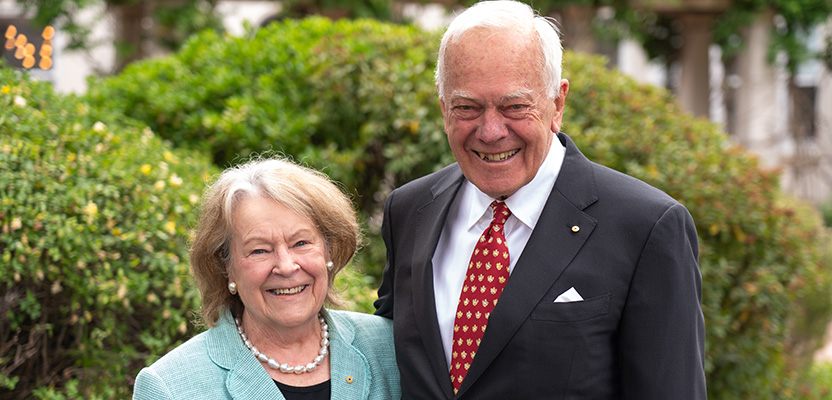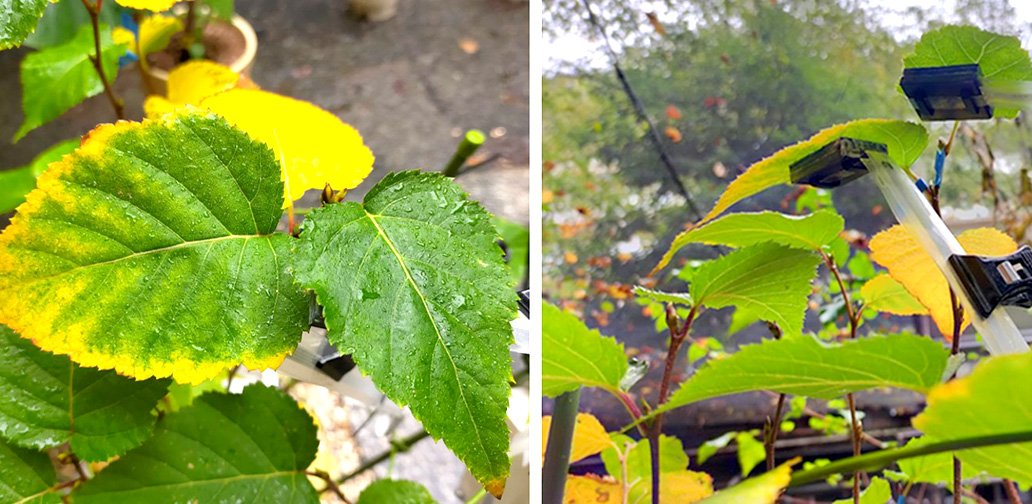A new study by public health researchers has explored why flu vaccine uptake is so low in NSW’s Aboriginal adults.
Widespread misconceptions seem to be a barrier to Aboriginal people accessing the flu vaccine, according to a new study by UNSW public health researchers .
The paper also identified a concern that Aboriginal patients were often not identified as such in the primary healthcare setting, and therefore aren’t always offered free vaccines specifically for Aboriginal and Torres Strait Islander people.
The researchers call for wide-reaching information campaigns and improved communication with communities to counteract the situation, with an urgent need for action given the greater risk COVID-19 also poses in Aboriginal and Torres Strait Islander communities.
Influenza hospitalisation rates are five times higher in Aboriginal people – likely because of higher rates of chronic disease – and uptake of the flu vaccine in Aboriginal people is low, at only 29 per cent in Aboriginal 18-49-years-olds and 51 per cent in 50-64 year-olds.
Why that’s the case is an under-researched question – so a group of UNSW Medicine public health researchers set up a study to identify the main barriers at play.
They surveyed 273 Aboriginal people at the 2017 New South Wales Koori Knockout – one of the biggest Indigenous gatherings in Australia – and conducted a focus group with 13 Aboriginal Immunisation Healthcare Workers.
“Our survey analysis shows that misconceptions seem to play a key role in preventing Aboriginal people from getting the flu vaccine,” says one of the authors, Associate Lecturer Telphia Joseph.
“The most prevalent misconceptions centred around vaccine effectiveness (nearly 60 per cent of participants didn’t think it was very effective), and safety (52 per cent believed that the vaccine could cause influenza).
“Substantial proportions of respondents also believed that influenza is not a serious disease (35 per cent), and that natural immunity or other non-vaccine methods of protection were better at avoiding infection (40 per cent).”
When it came to health service access, only 17 per cent of respondents reported difficulty accessing the vaccine. 15 per cent said they felt uncomfortable accessing it or being discriminated against (8 per cent).
“While access is a barrier in some settings due to remoteness or cost, or the lack of culturally appropriate services, this did not seem to be the case amongst our study population,” Ms Joseph says.
The researchers also found that younger adults and the more highly educated were less likely to be vaccinated.
“These results are consistent with studies looking at the overall population showing that children of more highly educated parents are less likely to be vaccinated, due to them questioning the risks and benefits of vaccines,” Ms Joseph says.
More and improved communication needed
For the second part of the study, the researchers conducted a focus group with 13 Aboriginal Immunisation Healthcare Workers, who identified a few key reasons for the low uptake.
“The focus group – who were enthusiastic about the study, with some volunteering to collect data – nominated poor identification of Aboriginality in General Practice as the main barrier to access. This means that they’re concerned that Aboriginal patients were often not identified as such in the primary healthcare setting, and therefore would not be offered targeted vaccines that are free for Aboriginal and Torres Strait Islander people,” Ms Joseph says.
The researchers say more active communication to Aboriginal and Torres Strait Islander adults is required to turn these stats around.
“If vaccination coverage is to reach more acceptable levels, we need a more proactive vaccination campaign to target common misconceptions,” Ms Joseph says.
“We also need routine identification of patient Indigeneity and targeted vaccination in General Practice, including in-house training for GPs.
“We need to improve the way some doctors engage with their communities so they can provide the best care. A doctor may think they’re doing a good job if they treat everyone the same. But some Aboriginal people, especially those with co-morbidities, need a lot more than the standard – including longer, more targeted consultation time and follow-up.
“For example, 53 per cent of our survey respondents reported not receiving a reminder to get the vaccine from a health professional – that tells us we need more active and targeted communication for Aboriginal communities.”
Ms Joseph is hopeful that vaccination rates can improve.
“When you use the available and skilled Aboriginal health workforce and support a partnership approach between Aboriginal Community Controlled Health Services (ACCHS) and the government-run health services, it is possible to maximise impact and vaccine uptake,” she says.
“For example, Wellington Aboriginal Medical Service (AMS) adopted social distancing triage outside of their clinic before NSW isolation laws came in place, rolling out and implementing telehealth with great success. Then they opened up a carpark flu vaccination clinic delivering over 700 vaccines – so ACCHS have really shone during COVID-19.”







